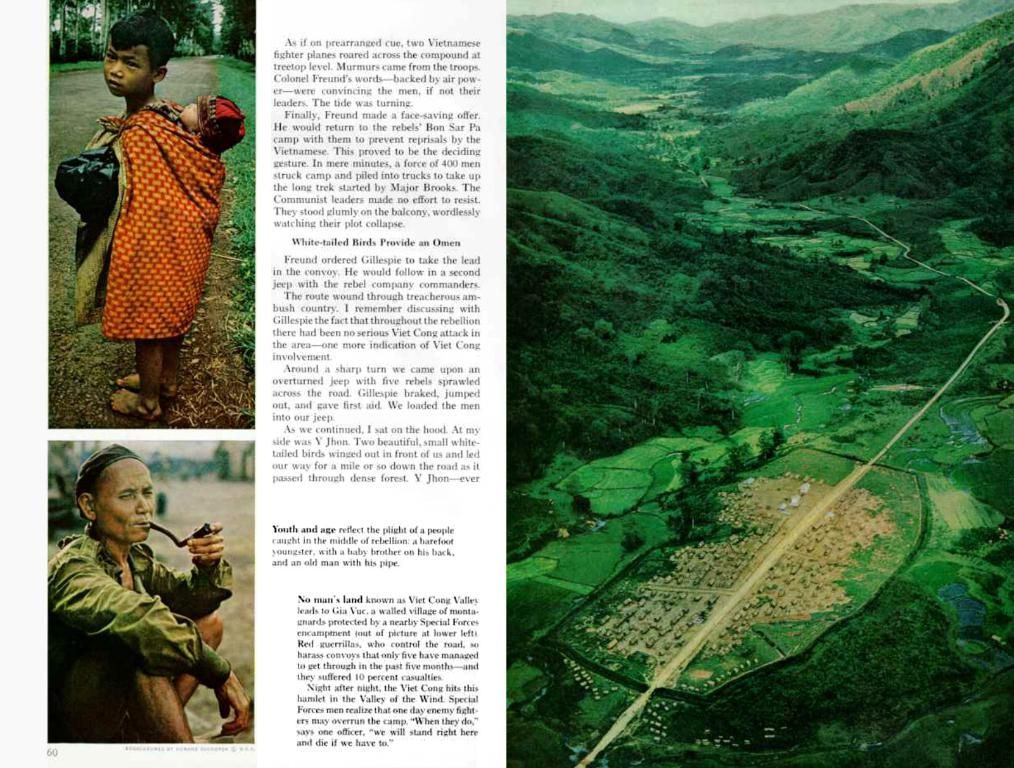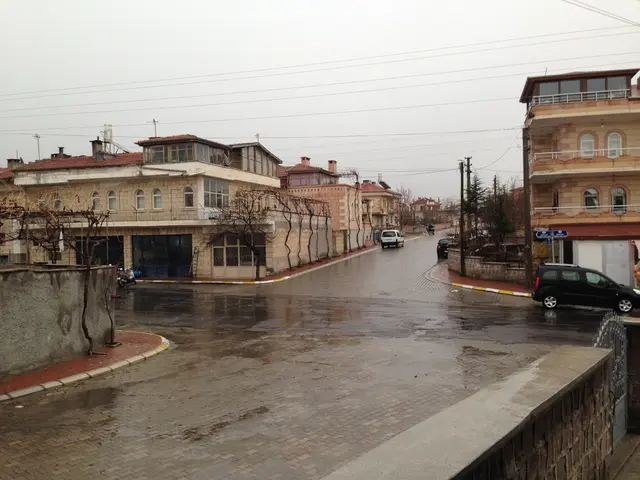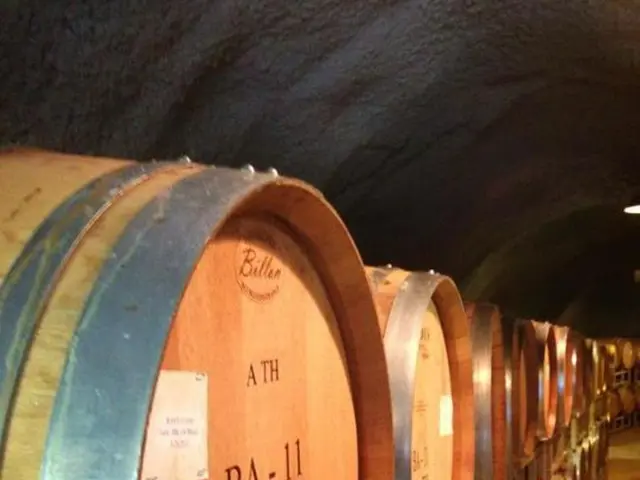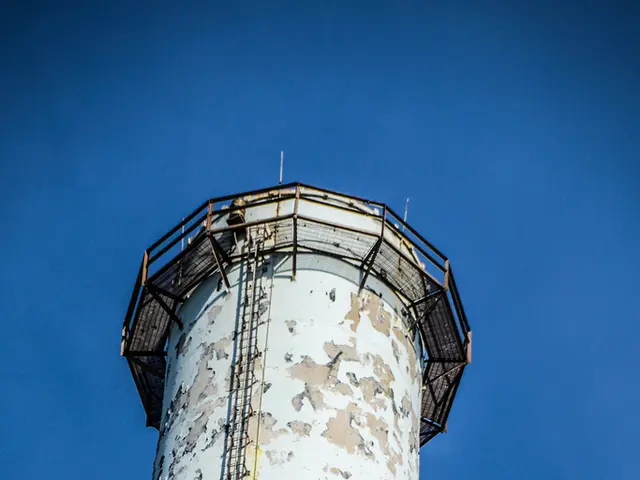Polluting the Oceans: How Industrial Emissions Affect Marine Ecosystems in Hawaii
Oceanic ecosystems disrupted by emissions from industrial exhaust, causing environmental imbalance. - Oceanic ecosystem disruption by industrial emissions
Here's a lowdown on how industrial emissions, particularly iron from East Asia, are wrecking havoc on Hawaii's marine ecosystems.
Iron, a byproduct of industrial processes, is transforming the North Pacific marine ecosystem, according to recent studies. This metal hitchhikes its way to remote ocean regions via the atmosphere and is deposited into the sea through rainfall. "Human pollution knows no bounds," says Nick Hawco, lead researcher from the University of Hawaii, "even marine ecosystems thousands of kilometers away from the source can feel the impact."
This influx of iron acts as sea fertilizer, leading to an explosion in microalgae and other phytoplankton. Unfortunately, this growth spurt has negative consequences. The study's results were published in the "Proceedings" of the U.S. National Academy of Sciences.
Industrial Iron's Impact on the Seas
Researchers focused on a region north of Hawaii, a prime fishing area downwind of major industrial centers in East Asia. Past studies had shown that industrial iron is present in this North Pacific region, but its effects on this critical marine ecosystem were unclear.
During four expeditions, the team analyzed water samples, phytoplankton populations, and ocean dynamics. Their findings reveal that in spring, phytoplankton in the studied region suffer from an iron deficiency. Adding iron boosts its typical spring growth, leading to a rapid increase in other nutrient consumption and a subsequent population decline later in the season.
This trend mirrors satellite measurements: "A short but intense spring bloom followed by nutrient-depleted conditions in the summer," Hawco explains.
Industrial iron is a significant player in the sea's makeup
The team studied the North Pacific Transition Zone north of Hawaii, an area where nutrient-poor ecosystems meet nutrient-rich ones further north. "With extra iron, this boundary shifts northward - a trend intensified by ocean warming," Hawco explains. Tragically, regions closer to Hawaii are among the casualties.
"Since phytoplankton forms marine food chains, one can imagine that a shorter growth period could impact the biomass of fish and other marine life," Hawco notes. However, connecting anthropogenic iron input and observed impacts on marine mammals or fisheries remains uncertain.
The team analyzed the isotopic composition of iron to distinguish between natural and industrial sources. By looking at different heavy atomic forms of iron, they estimated that around 40% of the surface water's iron content comes from industry.
- Industrial Emissions
- Ocean
- Hawaii
- Agriculture (Iron is a byproduct of fertilizers as well, not just industrial processes)
- Rain
- National Academy of Sciences
- Sea Level Rise (Climate change leads to coastal erosion, impacting marine ecosystems in Hawaii)
- Ocean Currents (Pollutants can travel long distances via ocean currents)
Although the specific impact of East Asian industrial iron pollution on Hawaii's marine ecosystem isn't fully understood, studies suggest that distant pollution sources can, indeed, impact local ecosystems. Pollutants, including industrial waste and plastics, significantly impact marine ecosystems worldwide, often leading to biodiversity loss and affecting species richness in various ecosystems. Climate change and sea level rise also contribute to coastal erosion, increasing the vulnerability of Hawaii's coastlines to pollution impacts.
- The iron byproduct from industrial processes, predominantly from East Asia, is transported via atmospheric deposition into the ocean through rainfall, a major component of the ongoing industrial emissions issue.
- The influx of industrial iron into the North Pacific, a critical marine ecosystem near Hawaii, has been linked to an increase in phytoplankton population, with potential negative consequences for the marine food chain.
- Beyond the direct impact of industrial iron on Hawaii's marine ecosystems, climate change and sea level rise are contributing factors to coastal erosion, increasing the vulnerability of these ecosystems to pollution impacts from various sources, including agricultural fertilizers and plastics.








